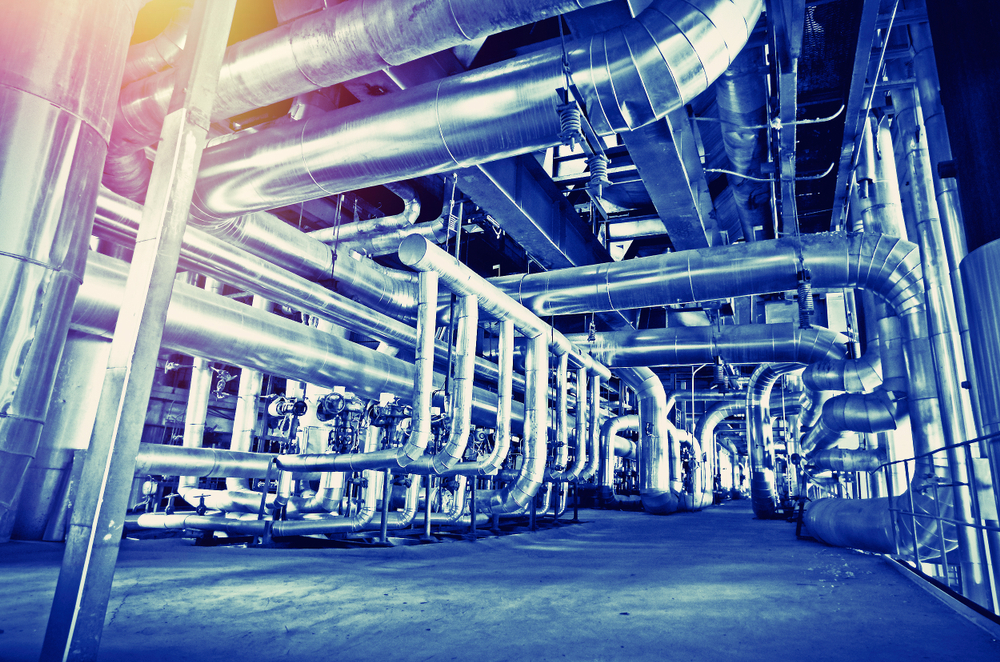
Consumer Energy Alliance (CEA) recently released an analysis, which shows that emissions in Pennsylvania since 1990 have decreased as the Commonwealth’s energy demand and production have grown.
“As the data shows, environmental improvements can be achieved even as Pennsylvania’s economic growth accelerates,” David N. Taylor, president and CEO of the Pennsylvania Manufacturers’ Association, said. “The continuous improvement of our advanced industrial practices is reducing Pennsylvania emissions even as our manufacturing sector is adding more value to our economy than ever before. Specifically, cleaner-burning Pennsylvania natural gas is driving both of these positive outcomes.”
Between 1990 and 2017, the report finds, carbon dioxide emissions decreased by 18 percent, sulfur dioxide emissions decreased by 92 percent, nitrogen oxides decreased by 72 percent, and emissions of volatile organic compounds decreased by 53 percent.
The analysis also notes that Pennsylvania’s gross domestic product increased by 177 percent from 1990 to 2017. During that period, the Commonwealth also saw a 10 percent increase in vehicle miles traveled per capita and a 7.5 percent increase in population.
From 2010 to 2018, Pennsylvania’s natural gas production increased elevenfold, and, from 2010 to 2017, natural gas plant processing in the state expanded more than eightfold. Oil and natural gas meet more than 73 percent of Pennsylvania’s energy needs, according to CEA.
“Pennsylvania’s energy industry is an important partner for a better environment and our state’s growth,” State Sen. Camera Bartolotta (R-Beaver/Greene/Washington) said. “As the CEA’s report underscores, we do not have to choose between a cleaner environment and a strong economy that requires more energy. Pennsylvania is among the nation’s leaders in emissions reductions, while our natural gas industry is producing at record levels.”